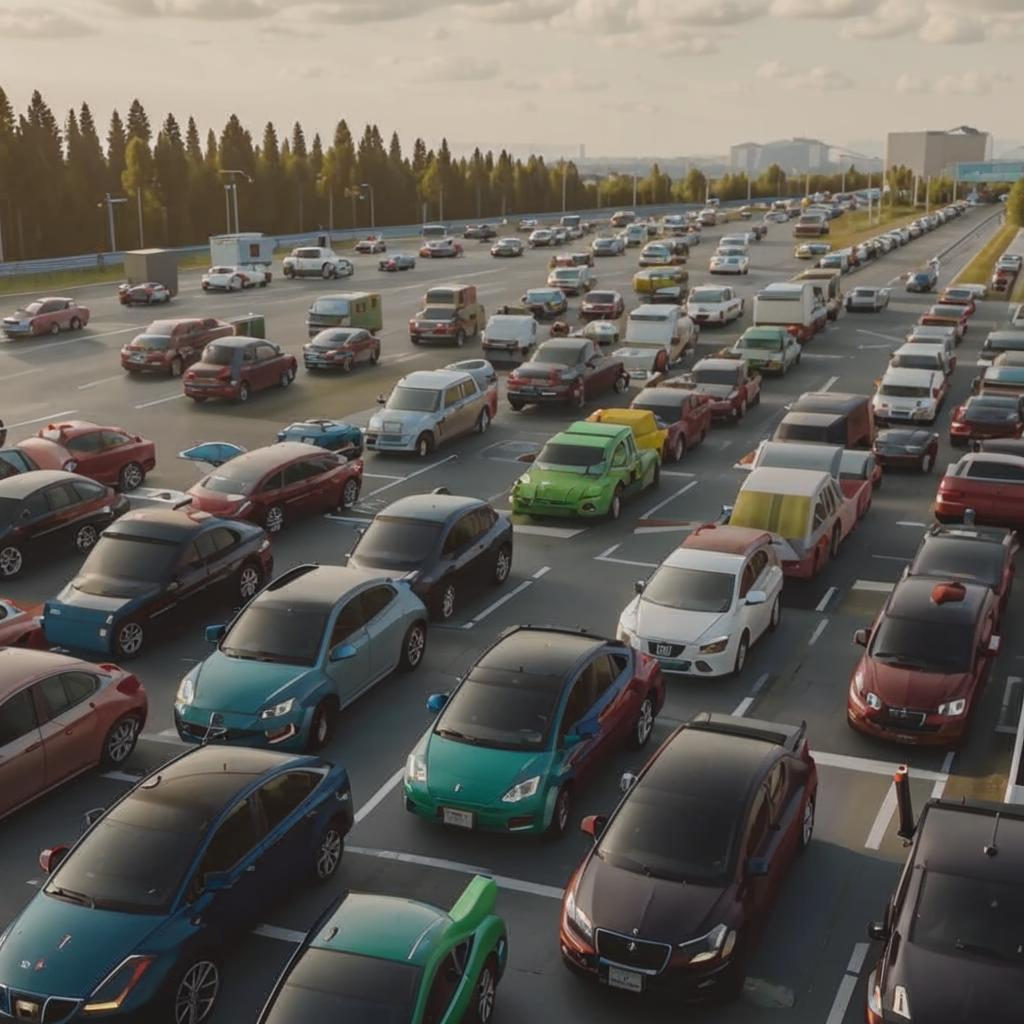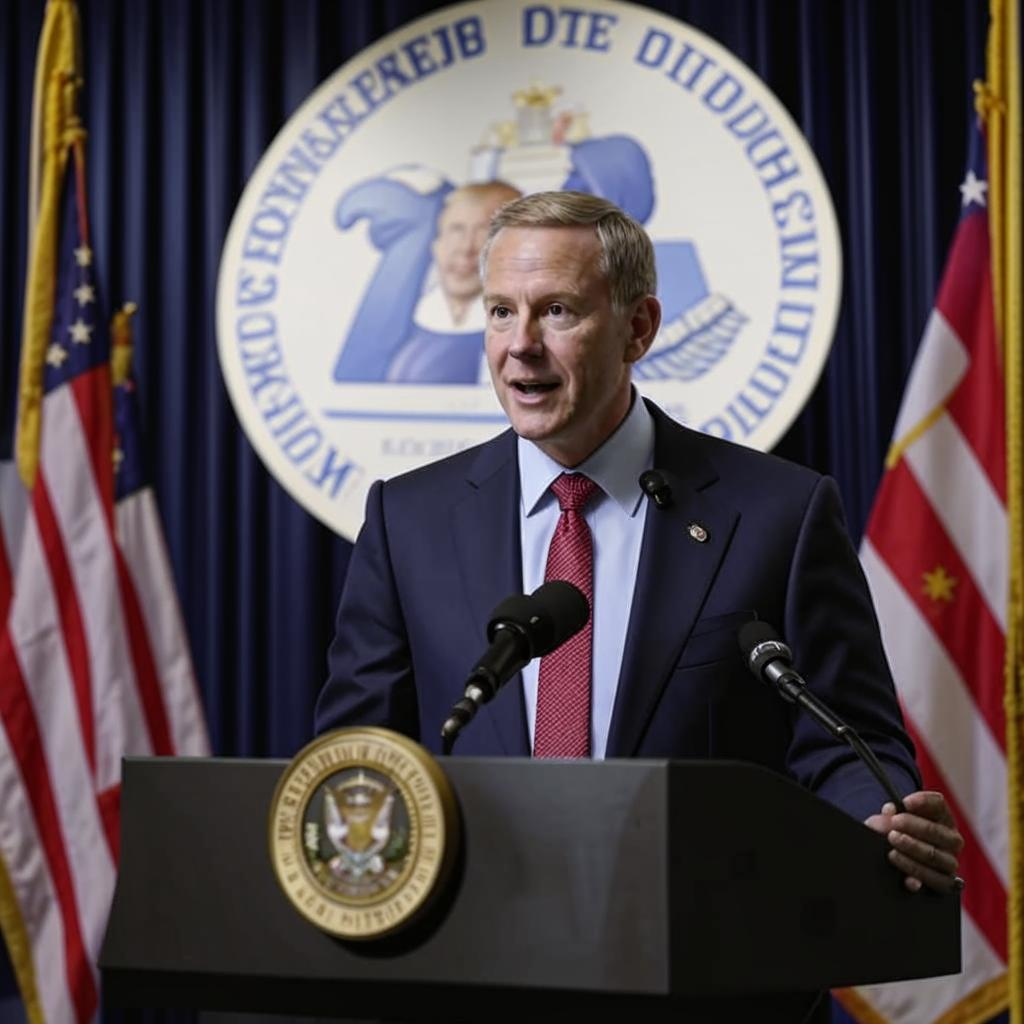Electric vehicle adoption is surging globally, driven by government incentives, improving battery technology, and growing environmental awareness. Sales figures are breaking records across continents, signaling a significant shift in the automotive landscape. However, this rapid growth is exposing a critical bottleneck: the charging infrastructure.
The availability of charging stations is struggling to keep pace with the increasing number of EVs on the road. This discrepancy is causing range anxiety among potential buyers and hindering wider adoption, particularly in areas with limited charging options. The problem isn’t just quantity; speed and reliability are also major concerns. Many existing charging stations are slow, requiring hours to fully charge a vehicle, while others are frequently out of service due to technical issues or lack of maintenance.
Geographic disparities further complicate the situation. Urban areas tend to have a higher concentration of charging stations compared to rural regions, creating an uneven playing field and potentially excluding drivers who live outside cities from participating in the EV revolution.
Addressing these challenges requires a multi-pronged approach. Governments need to invest heavily in expanding the charging network, streamlining permitting processes, and offering incentives for businesses and individuals to install charging stations. Private companies also have a crucial role to play in developing innovative charging solutions, such as ultra-fast chargers and battery swapping technologies. Furthermore, standardization of charging protocols and improved grid infrastructure are essential to ensure a seamless and reliable charging experience for all EV drivers. Overcoming the charging infrastructure hurdle is paramount to realizing the full potential of electric vehicles and accelerating the transition to a sustainable transportation future.














